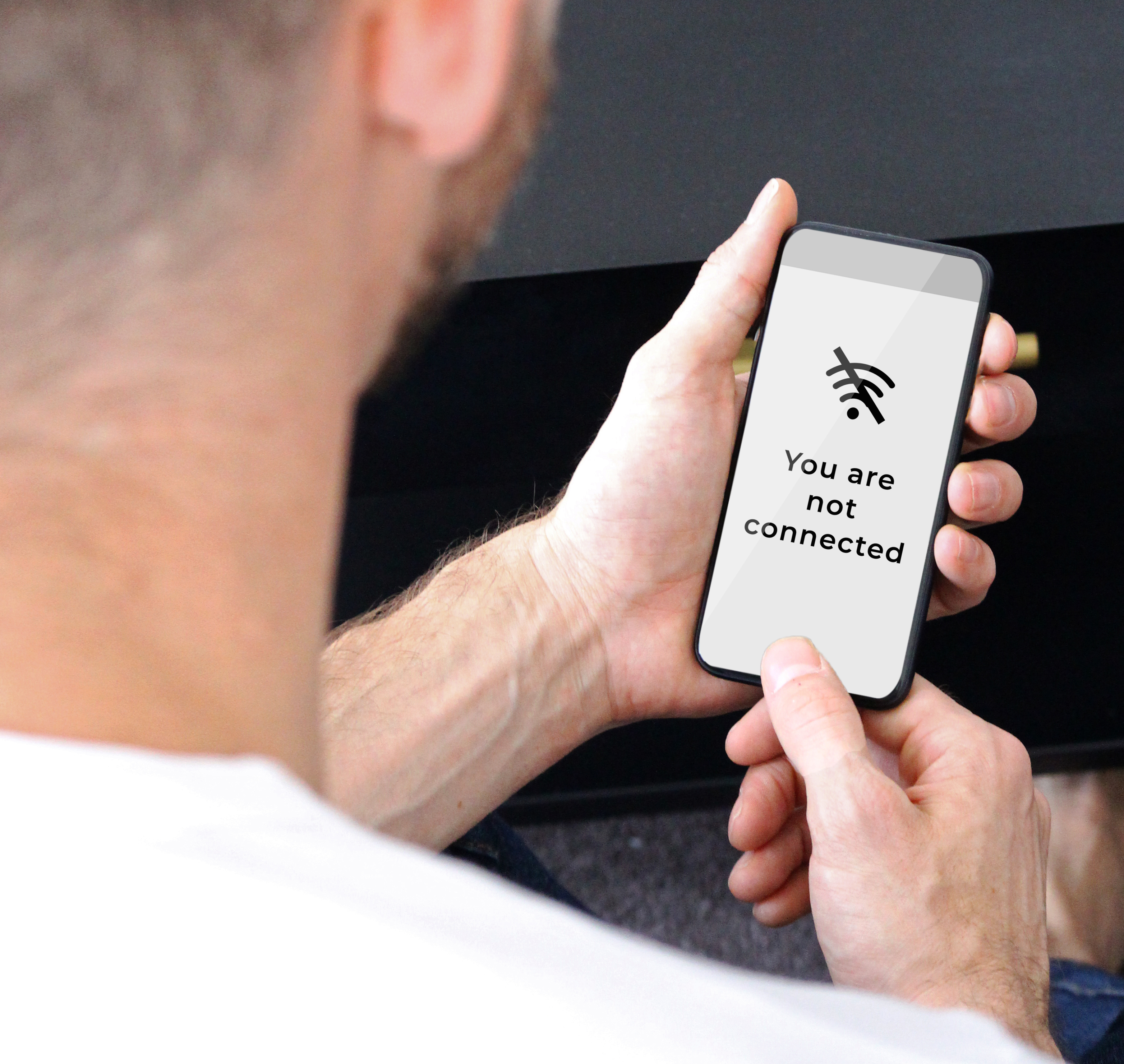
"Redundancy is ambiguous because it seems like a waste if nothing unusual happens. Except that something unusual happens—usually.” – Nassim Nicholas Taleb, author, distinguished professor of risk engineering at the New York University Tandon School of Engineering
Imagine some day in the future you kiss your young grandchildren and daughter goodbye as they head to downtown Houston in their new self-driving car. An hour later, you hear on the radio there’s been a massive wireless service outage. You fight back that tinge of nausea in the pit of your stomach as your mind immediately flashes to your family whizzing down I-45. No network connection. No navigation. No traffic data.
You’re left to hope the onboard safety systems designed for such circumstances function as promised.
Back to the present. AT&T network customers in Austin, Houston, San Antonio, Indianapolis, Chicago, Atlanta, Miami, Dallas and New York City—more than 70,000 in total—were affected by an outage Feb. 21. About one out of two AT&T customers reported having trouble with their cell phones, and another 40% lost signal entirely, according to a Time online story.
Cricket Wireless, which is owned by AT&T, had problems, too. About 13,500 Cricket customers reported outages, and Verizon and T-Mobile customers had problems trying to reach customers of affected carriers. AT&T attributed its outage to a “process error,” according to an NBC News online story.
The point, especially in the context of a potentially life-threatening situation like the future self-driving car scenario, is the importance of redundancy, especially when it comes to communications systems.
Look no further than the Sept. 11, 2001, terror attack. Many may recall that the multi-layered broadcast infrastructure serving New York City was bent but did not break when the TV tower atop World Trade Center Tower 1 came down. TV broadcasters on other towers, radio stations, cable TV and satellite TV seamlessly kept the public informed.
What about the communications redundancy needed to maintain safe operation of self-driving vehicles in the future? The U.S. Department of Transportation is looking into the matter—in particular, into finding an alternative to the Global Positioning System (GPS).
NAB is heading up the broadcast effort to pitch ATSC 3.0’s Broadcast Positioning System (BPS) to the Transportation Department as an effective terrestrial GPS alternative. Not only does GPS deliver critical positioning info but also accurate timing data upon which everything from modern power generation to stock trading depends. So having a backup simply makes sense.
The department’s effort may have taken on added urgency as the White House said in mid-February that Russia is developing a weapon that could one day threaten satellites.
If this is a legitimate threat to the nation’s security, one could envision a scenario in which the Department of Defense gets involved, throws around a few billion dollars to make 3.0 BPS a reality and in the process solves the NextGen-TV-voluntary-transition-jampacked-3.0-lighthouse challenge the industry currently faces.
Stay tuned.







